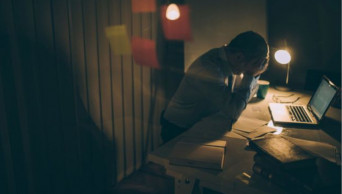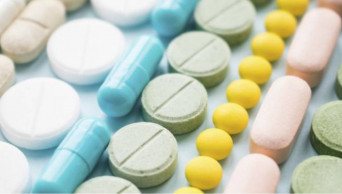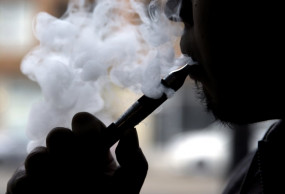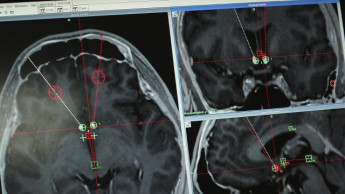Health-&-Fitness
Long working hours 'linked to stroke risk'
Dhaka, Jun 21 (UNB) - Working long hours is linked to an increased risk of stroke; researchers say, BBC reported.
Low-income African countries 'pay 30 times more' for drugs
Dhaka, June 20 (UNB) - African countries with small to medium-sized economies pay far more money for less effective drugs, a leading health expert has told BBC Newsday.
UN says Ebola outbreak in Congo still not a global emergency
Geneva, Jun 15 (AP/UNB) — The World Health Organization on Friday said the Ebola outbreak in Congo — which spilled into Uganda this week — is an "extraordinary event" of deep concern but does not yet merit being declared a global emergency.
Finding Victory: Speaking out for intersex girl after attack
Ogden, Jun 11 (AP/UNB) — When doctors said her youngest child would be a girl, Amie Schofield chose the name Victoria. Then doctors said the child would be a boy, so she switched to Victor.
Stressed out? Your dog may feel it too, study suggests
New York, June 7 (AP/UNB) — When dog owners go through a stressful period, they’re not alone in feeling the pressure — their dogs feel it too, a new study suggests.
Up to 25 cups of coffee a day safe for heart health, study finds
Dhaka, June 3 ( UNB) - Coffee lovers who drink up to 25 cups a day can rest assured the drink is not bad for their heart, scientists say, reports The Guardian.
Judge orders FDA to speed up review of e-cigarettes
Washington, May 16 (AP/UNB) — A federal judge is siding with public health groups suing the Food and Drug Administration to begin reviewing thousands of e-cigarettes on the U.S. market.
Sugars in mother's milk help shape baby's microbiome and ward off infection
While living in a mother’s womb, cushioned by amniotic fluid and protected from the outside world, babies have only minimal exposure to microorganisms like bacteria and viruses. Shortly after birth, a newborn’s collection of microorganisms – their microbiome – begins to develop as a succession of bacteria colonizes their gut.
California to ban pesticide it says hurts babies' brains
Los Angeles, May 9 (AP/UNB) — The nation's most productive agricultural state moved Wednesday to ban a controversial pesticide widely used to control a range of insects but blamed for harming brain development in babies.
Chinese researchers try brain implants to treat drug addicts
Shanghai, May 8 (AP/UNB) — The sound of doctors boring through his skull to feed electrodes deep into his brain made Yan tremble.



















